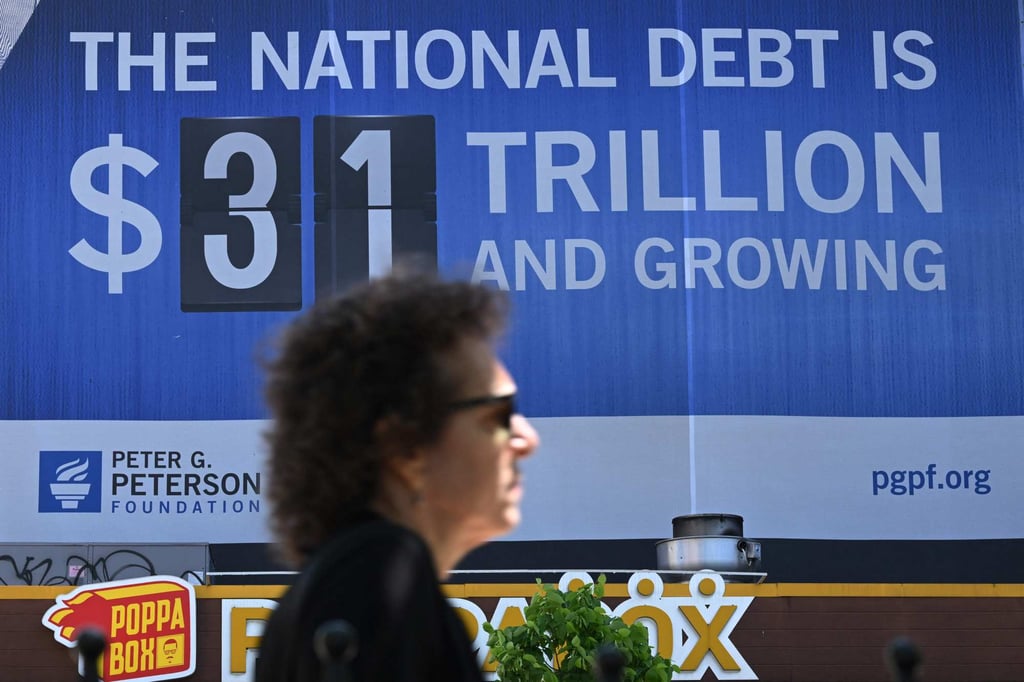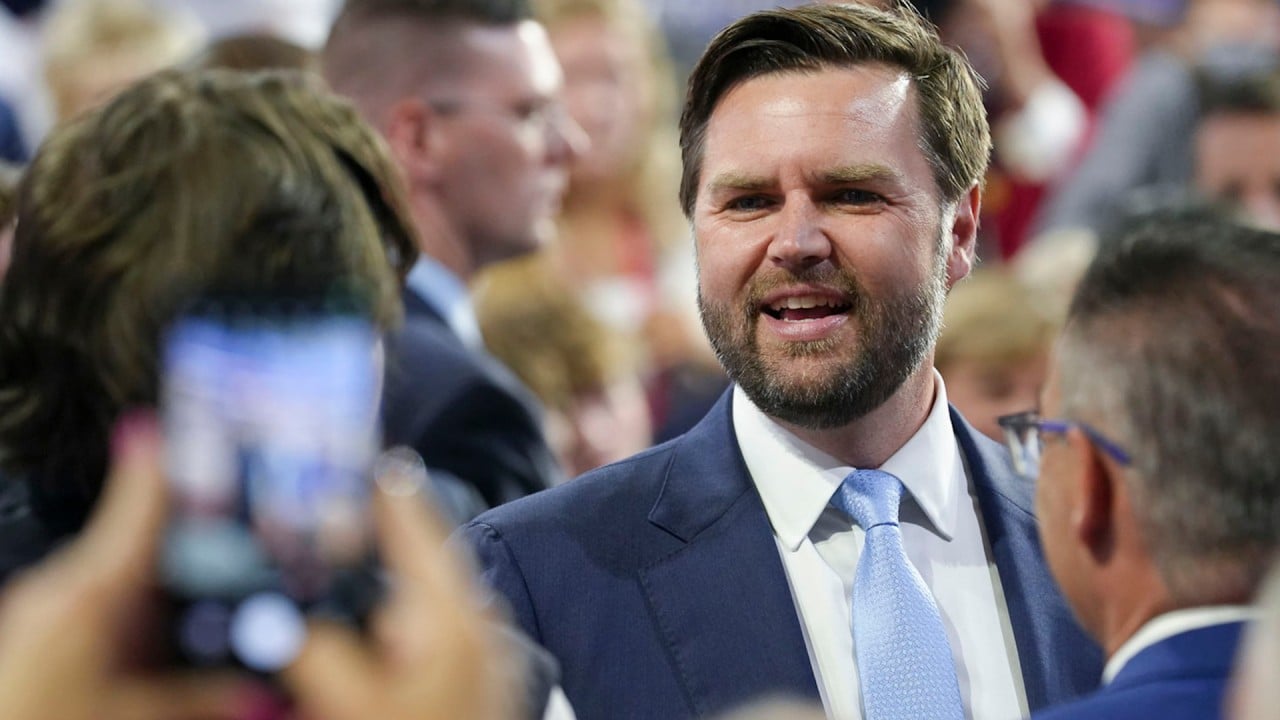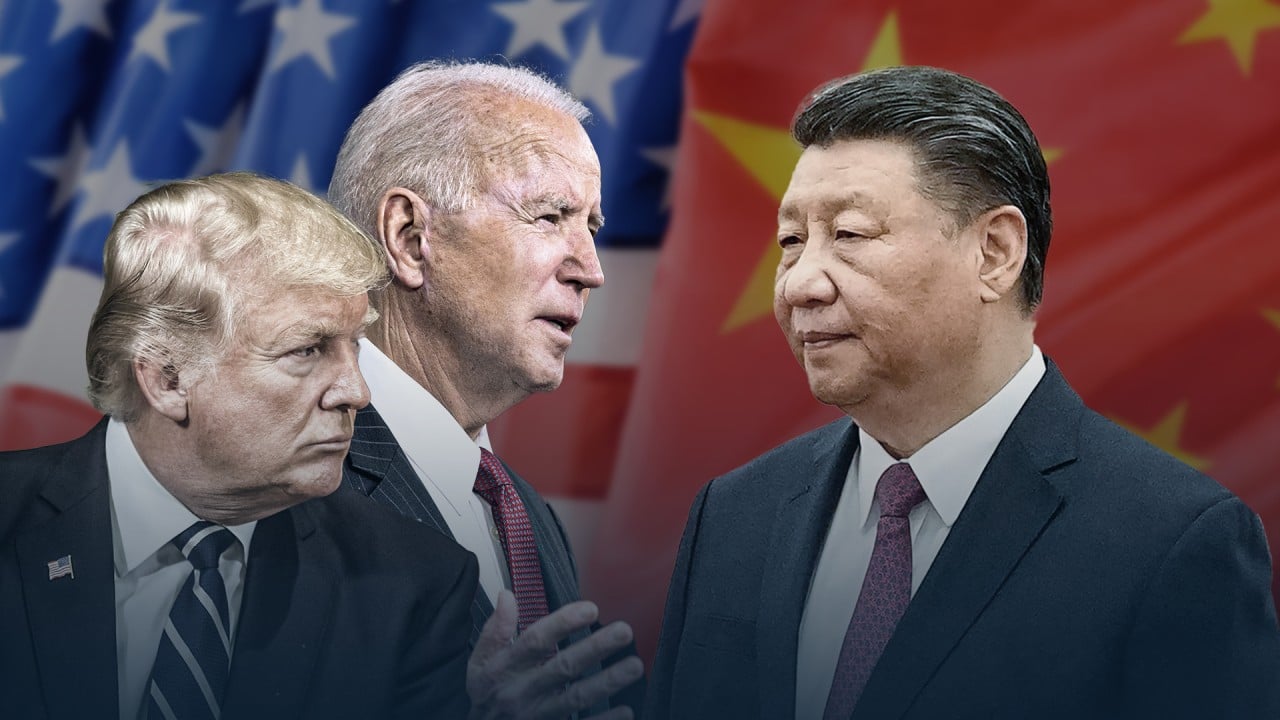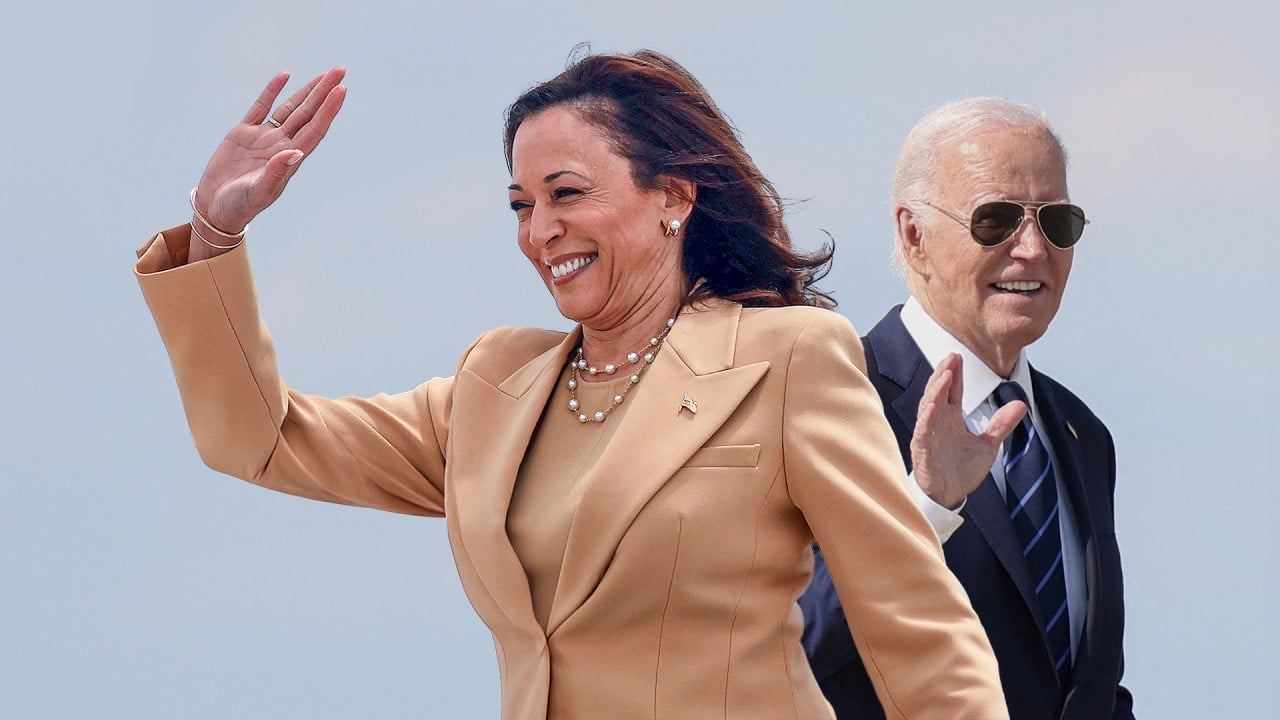Trump’s tariffs won’t tackle the US deficit that really matters
A better way to think about the trade balance is as the difference between everything we produce and sell throughout the world, which is our GDP, and everything we buy. When our purchases exceed our sales, that difference is our trade deficit. Thus, tariffs shrink the deficit only if they raise production or induce households, businesses and the government to cut consumption and investment.
Moreover, tariffs raise costs and make the economy less efficient. A tariff forces households to pay more and increases the costs of intermediate inputs for businesses. It also reduces the need for domestic businesses to compete, which harms innovation and consumers.
Tariffs are therefore likely to weaken consumption, investment and output. They will reduce productivity rather than ignite the productivity boom advocates are promising.
A common rationale for tariffs is that they are negotiating tools to extract trade concessions. But large countries are as likely to retaliate as to submit, especially if the United States is seen to be violating trade agreements. Aside from the resulting economic damage, favourable effects on the US trade balance are not guaranteed. The record of the first Trump administration makes that clear.
If tariffs are unlikely to increase production, is there value in compressing consumption and investment simply to reduce the trade deficit?
Conservative commentators point out that when Americans pay for imports not with exports but with bonds and equities, they commit to providing a perpetual stream of interest and dividend payments to foreigners. America, they conclude, is failing to provide for the future, much like a profligate household that borrows to spend beyond its means.
Finally, while data on international investment returns are imperfect, the US remains a net winner from its international financial transactions. Even though the country has borrowed abroad through its trade deficits, it holds vast foreign assets alongside its liabilities to foreigners, much like a hedge fund.

True, unlike a hedge fund, America’s liabilities exceed its assets. But for now, US international borrowing costs are low enough that America earns more on its huge stock of foreign assets than it pays out on its even bigger foreign debts.
In national balance-of-payments statistics, the net gain to the US from its international investment position totalled US$15.12 billion in the first quarter of this year. While the US cannot run trade deficits forever, the current costs of those deficits hardly justify drastic action – certainly not ineffective and damaging tariffs.
The 2020 Republican Party platform mentioned it only because the entire document was carried over from 2016. The Republican Party has since gone silent on the issue, while decrying trade deficits and endorsing tariffs. The 2020 Democratic platform was similarly in denial; and while the 2024 platform is still under construction, we should not expect much.
Still, the bottom line is that the government’s deficit is a main driver of the trade deficit. Policies to place the federal debt on a sustainable footing would directly improve the trade balance by reducing government spending and taxing the spending power of the private sector.
But the main benefit would not be a lower trade deficit; it would be a reduced burden on future generations, including a lower risk of a government funding crisis down the road. Conversely, if America’s public debt continues on its current trajectory, pushing up government borrowing costs, a growing foreign debt will indeed become much more costly and problematic.
For now, however, the deficit that matters is the one that neither political party wants to talk about.


